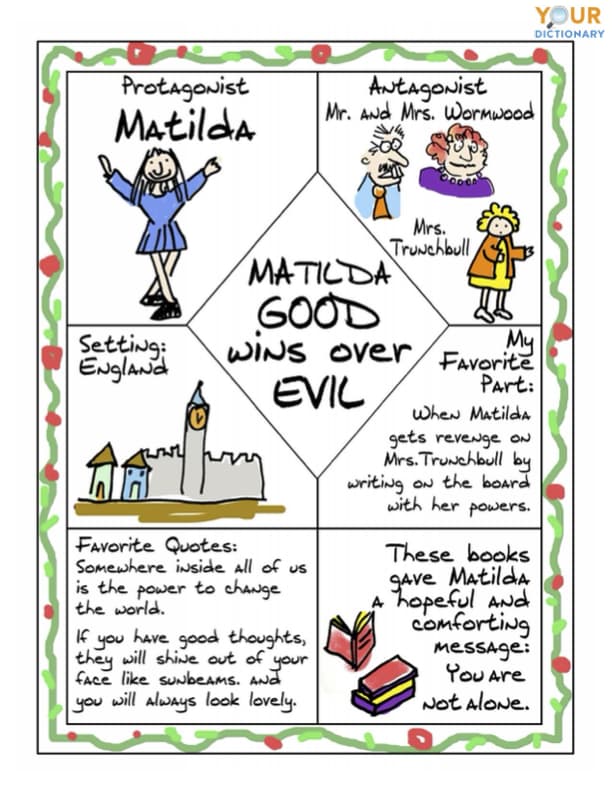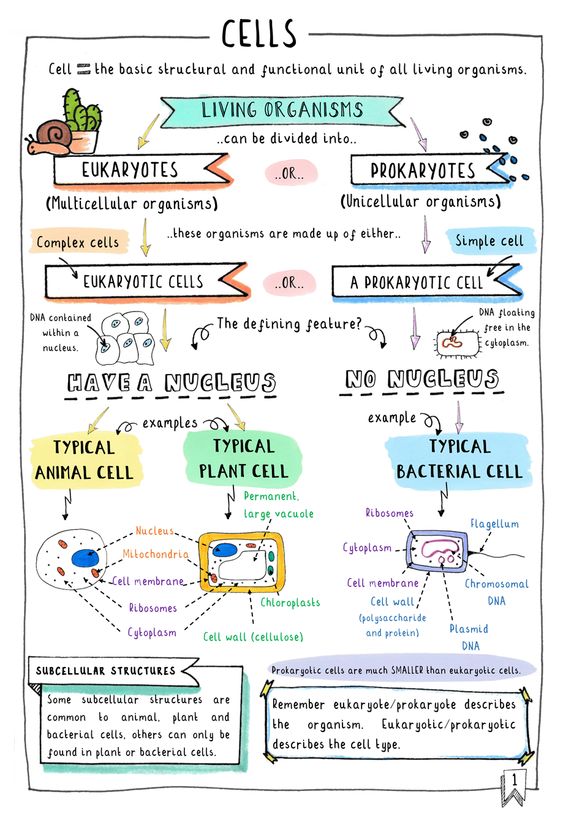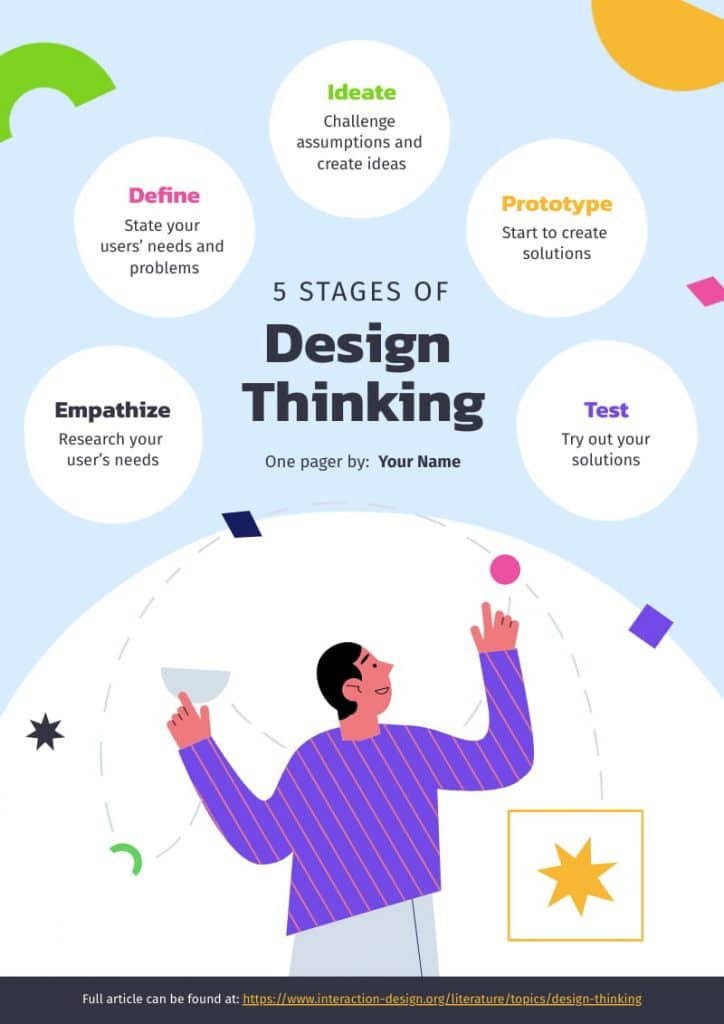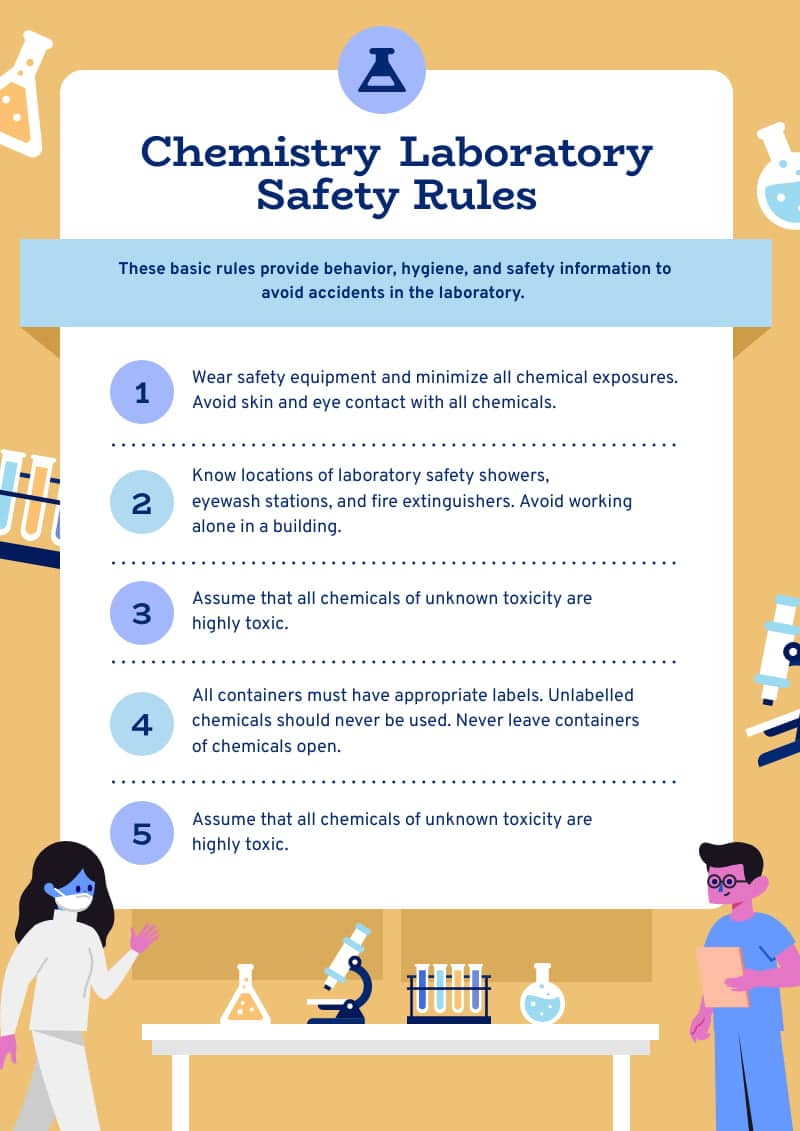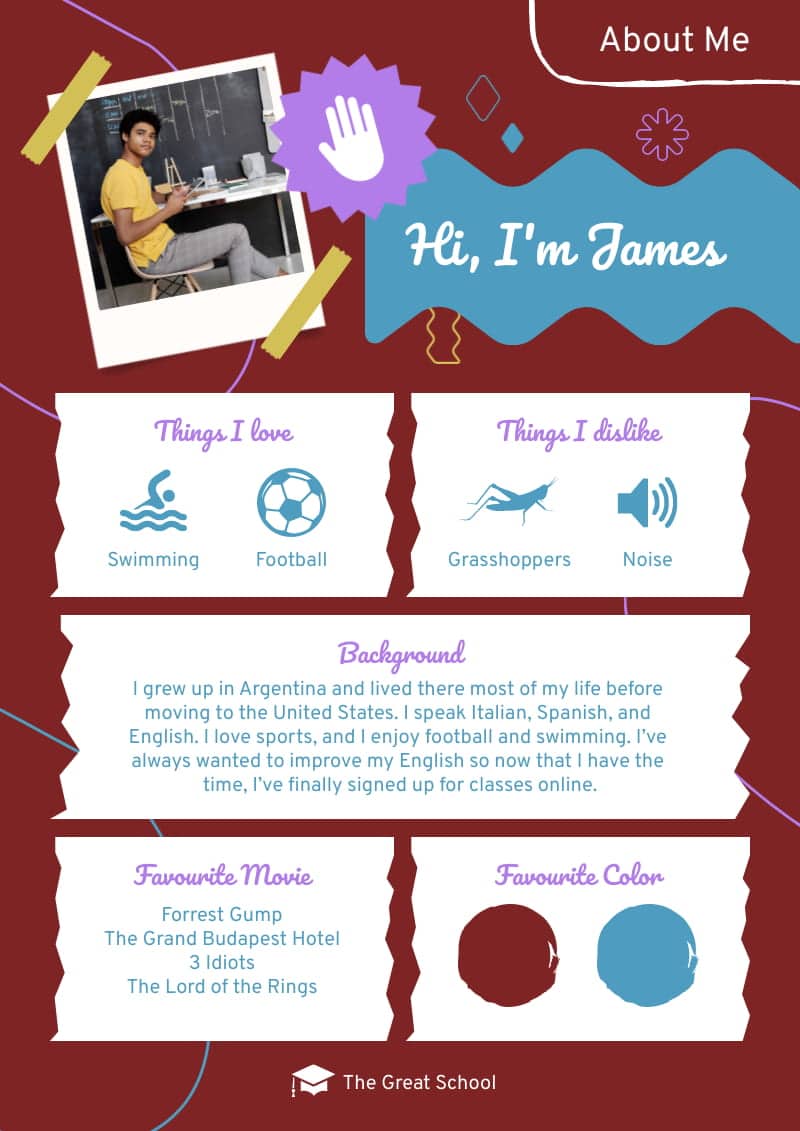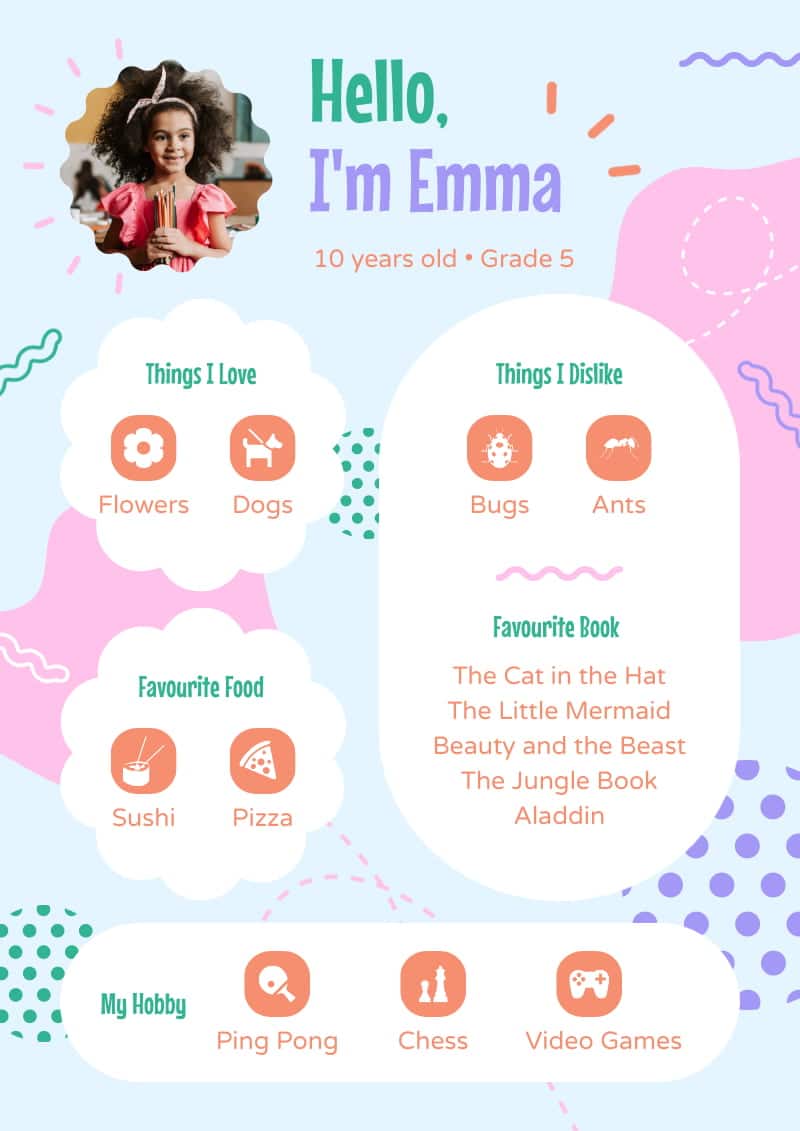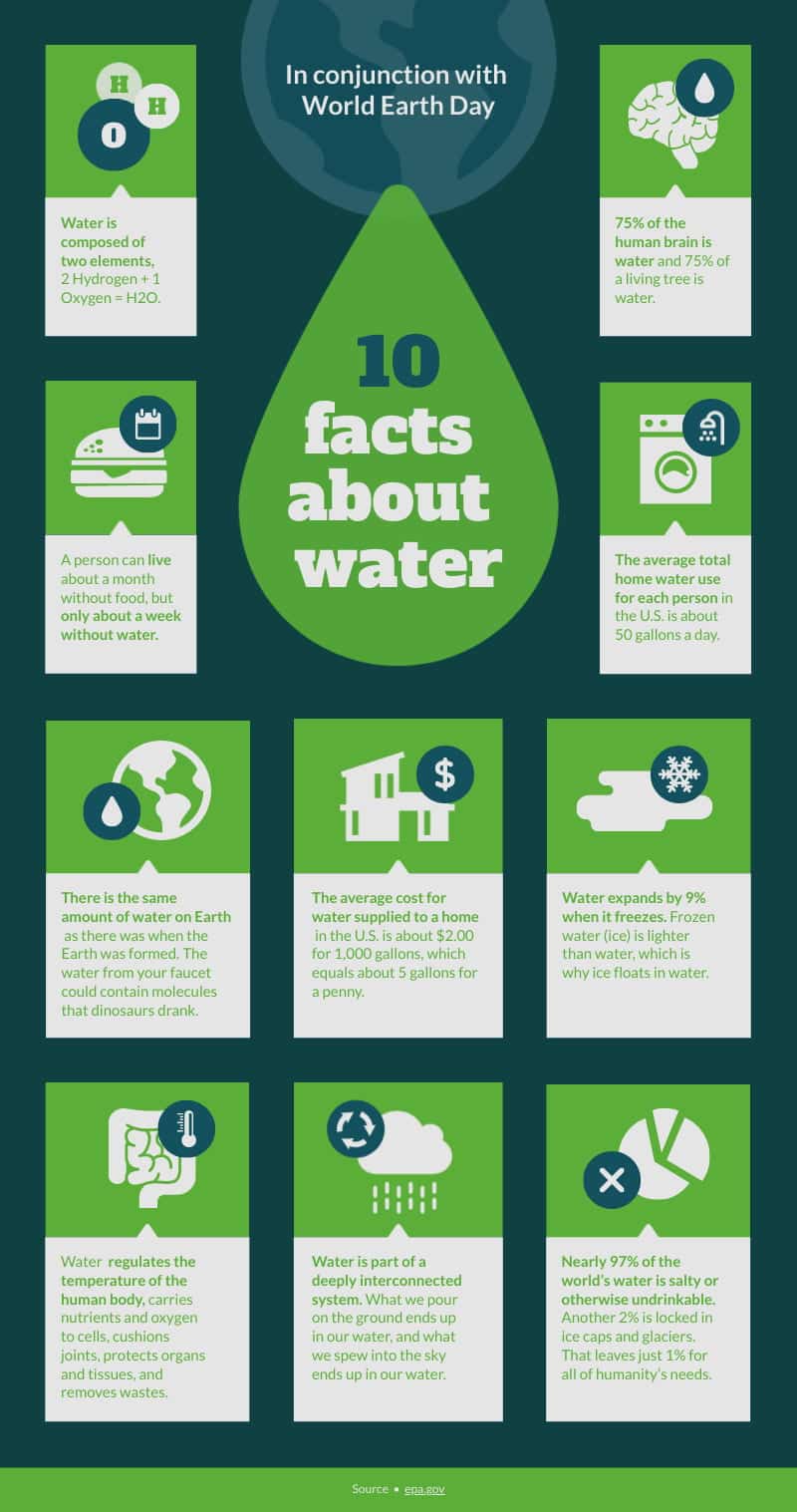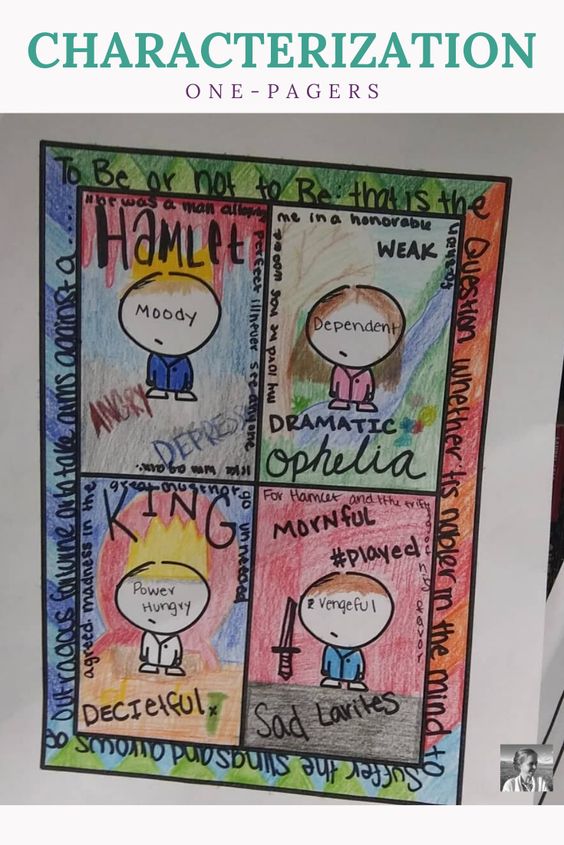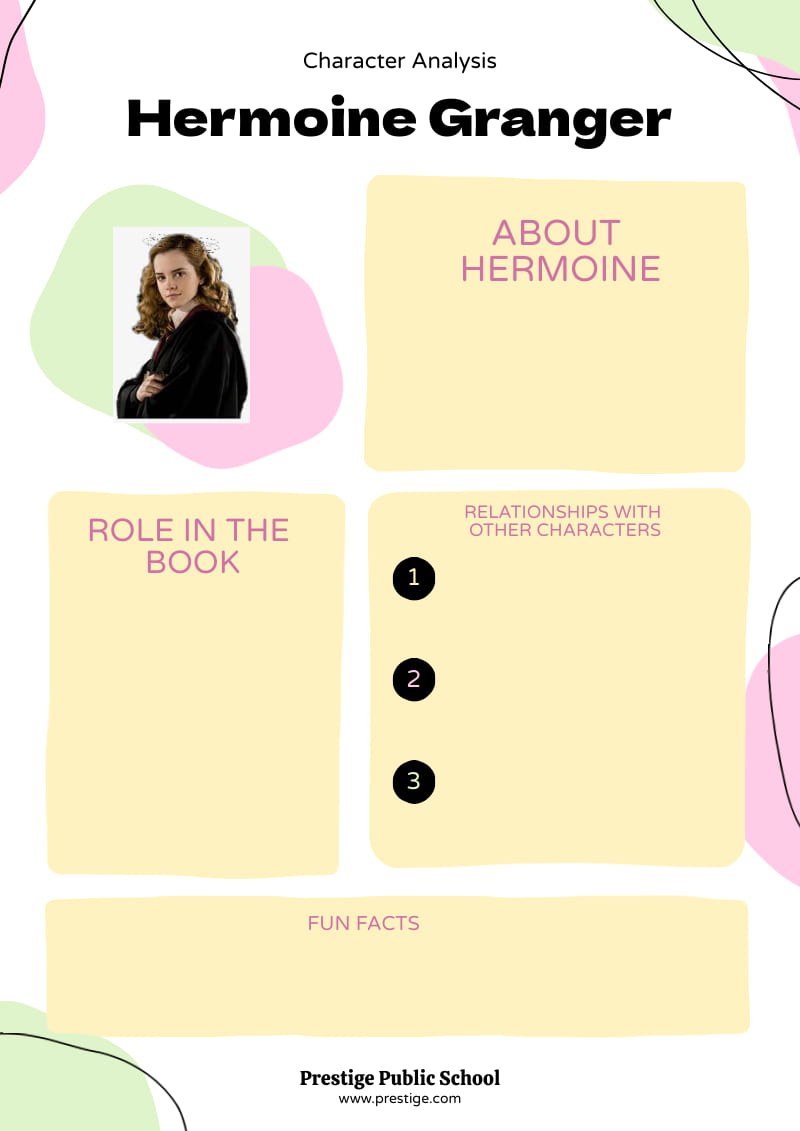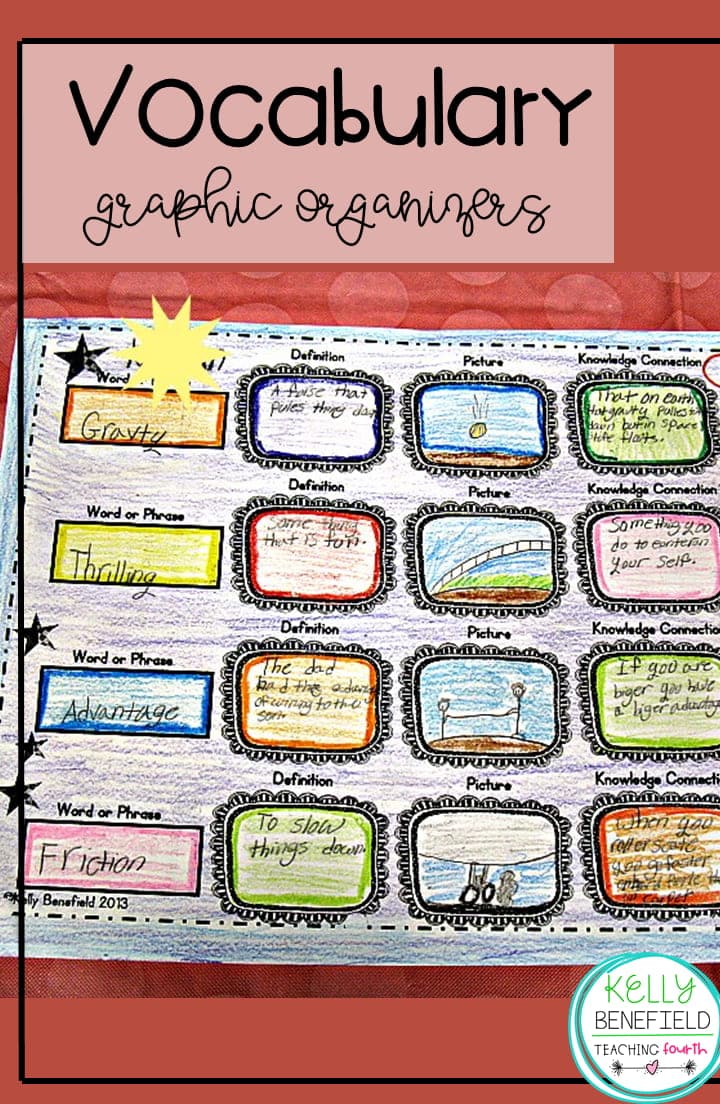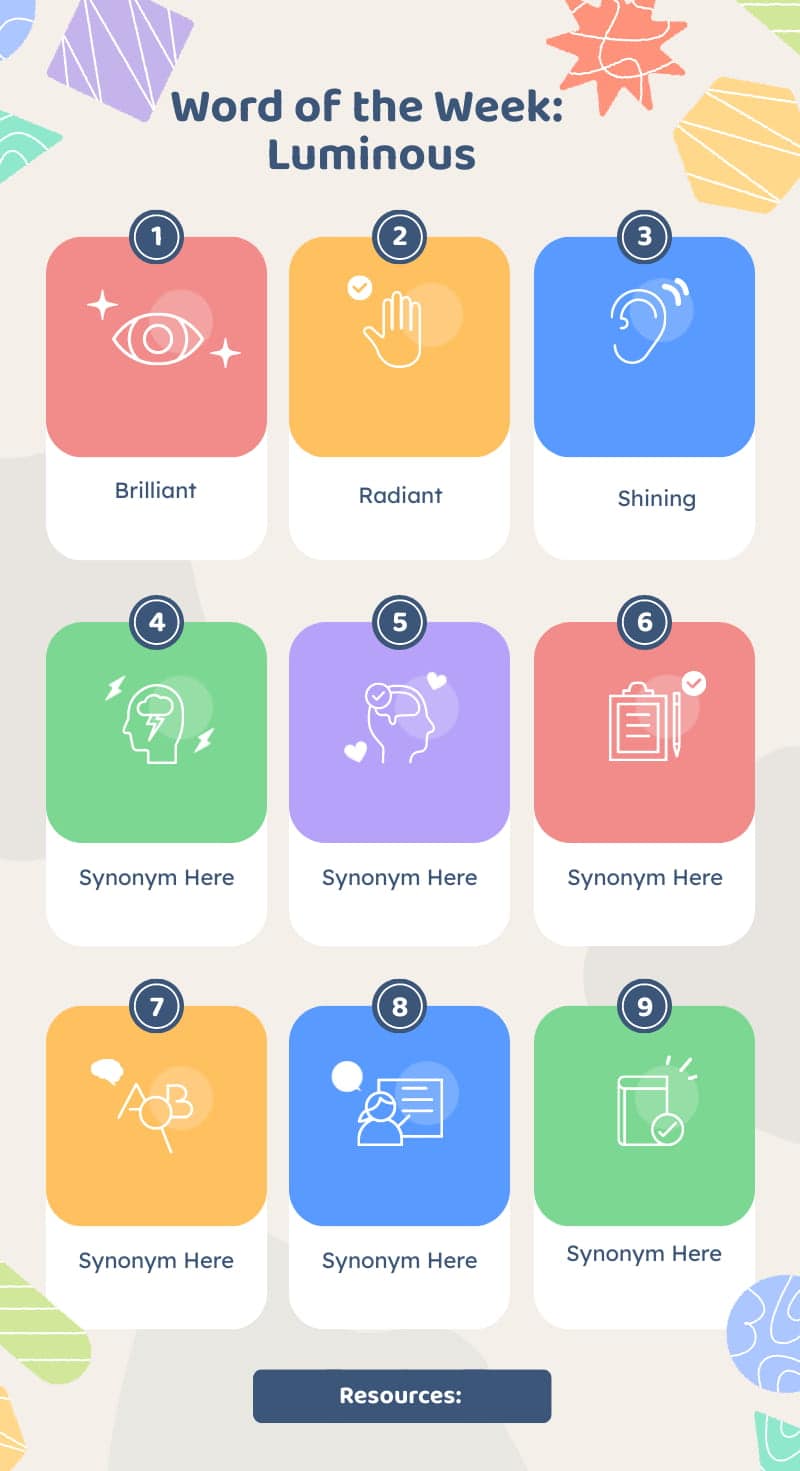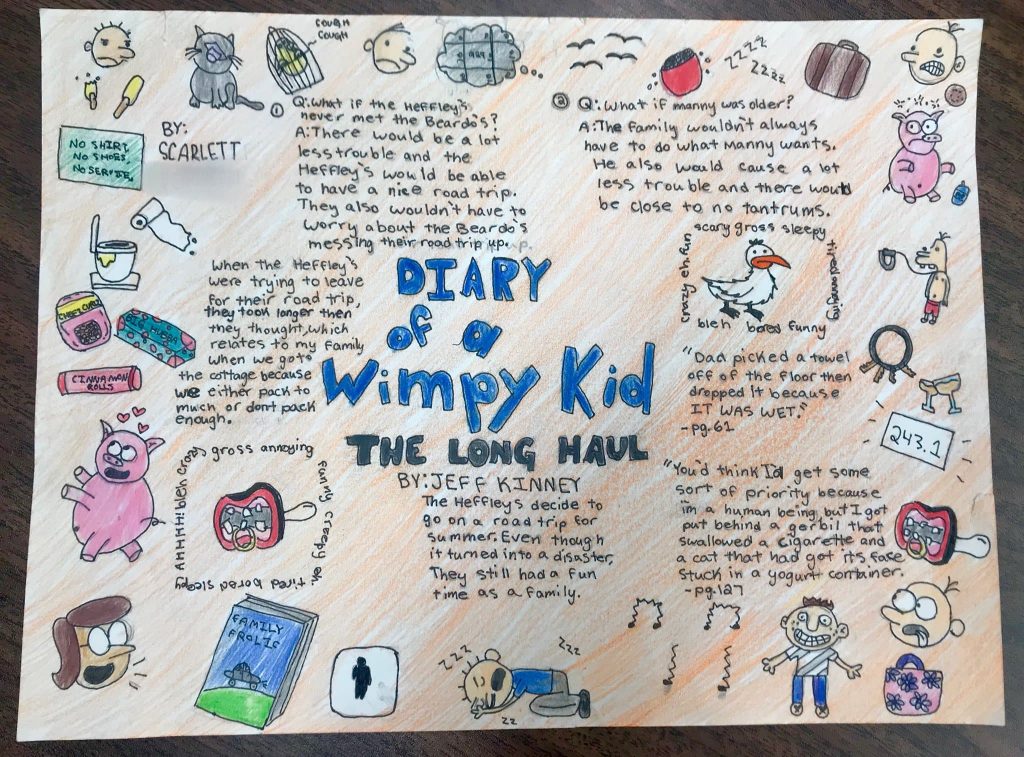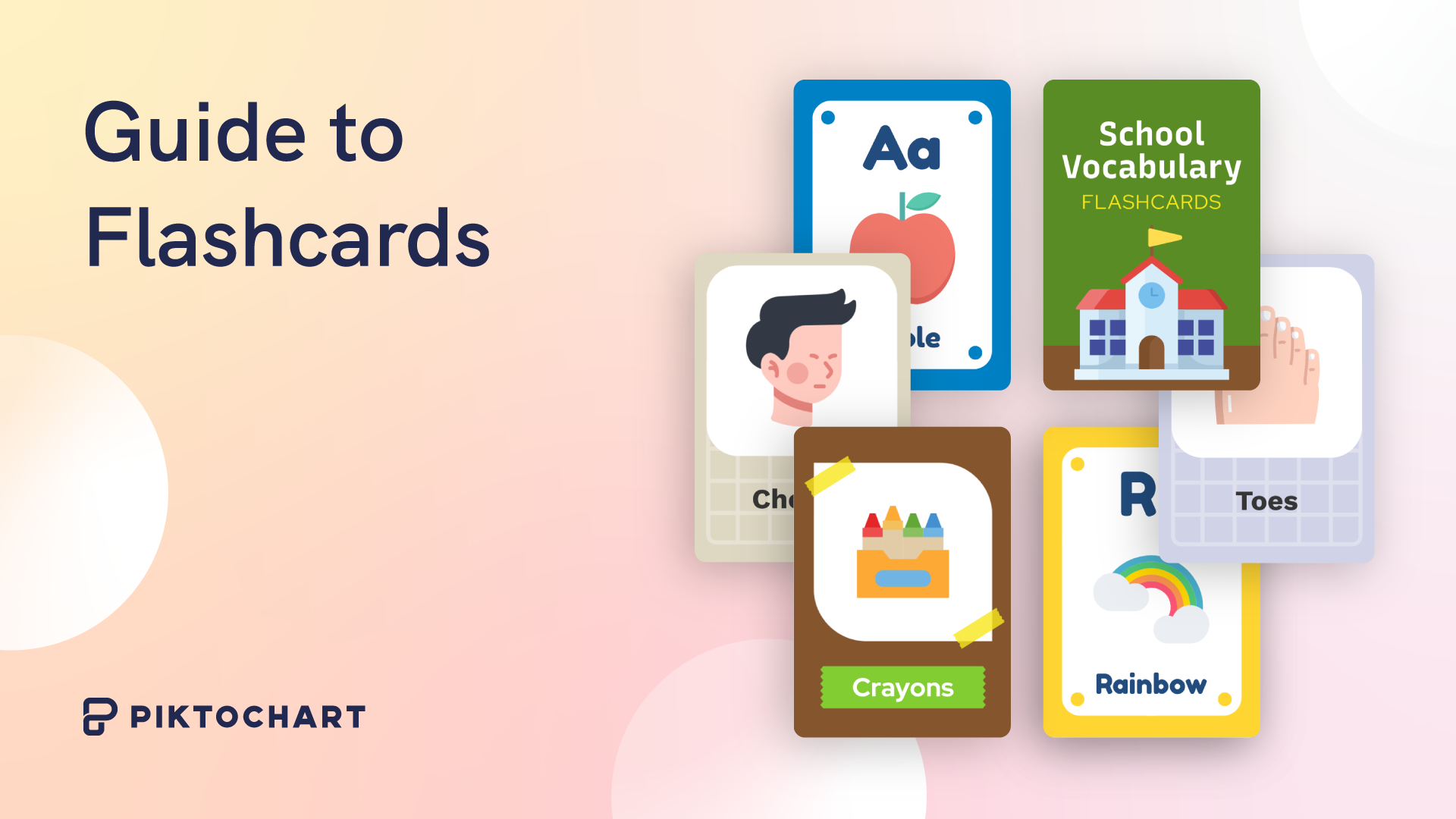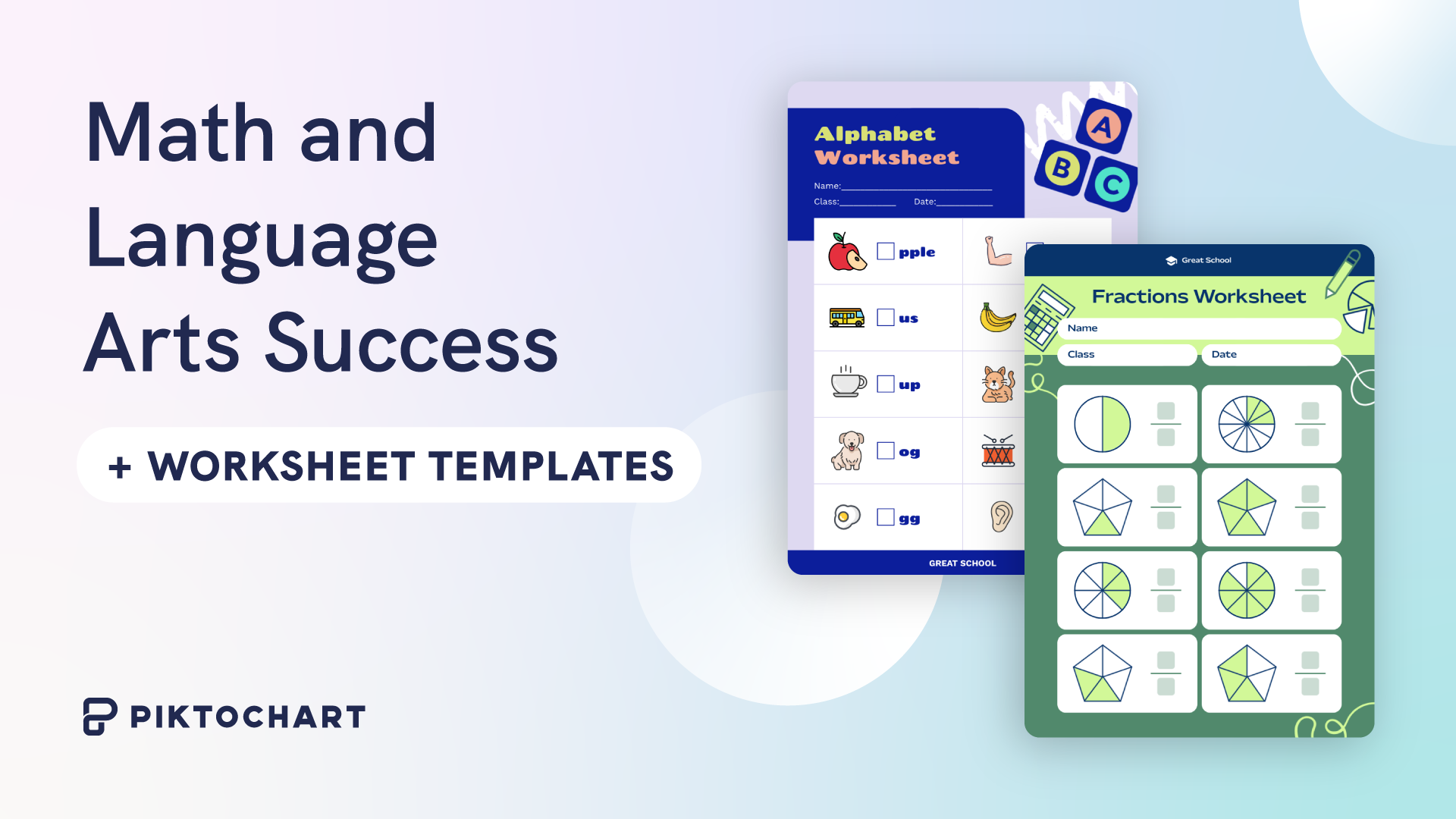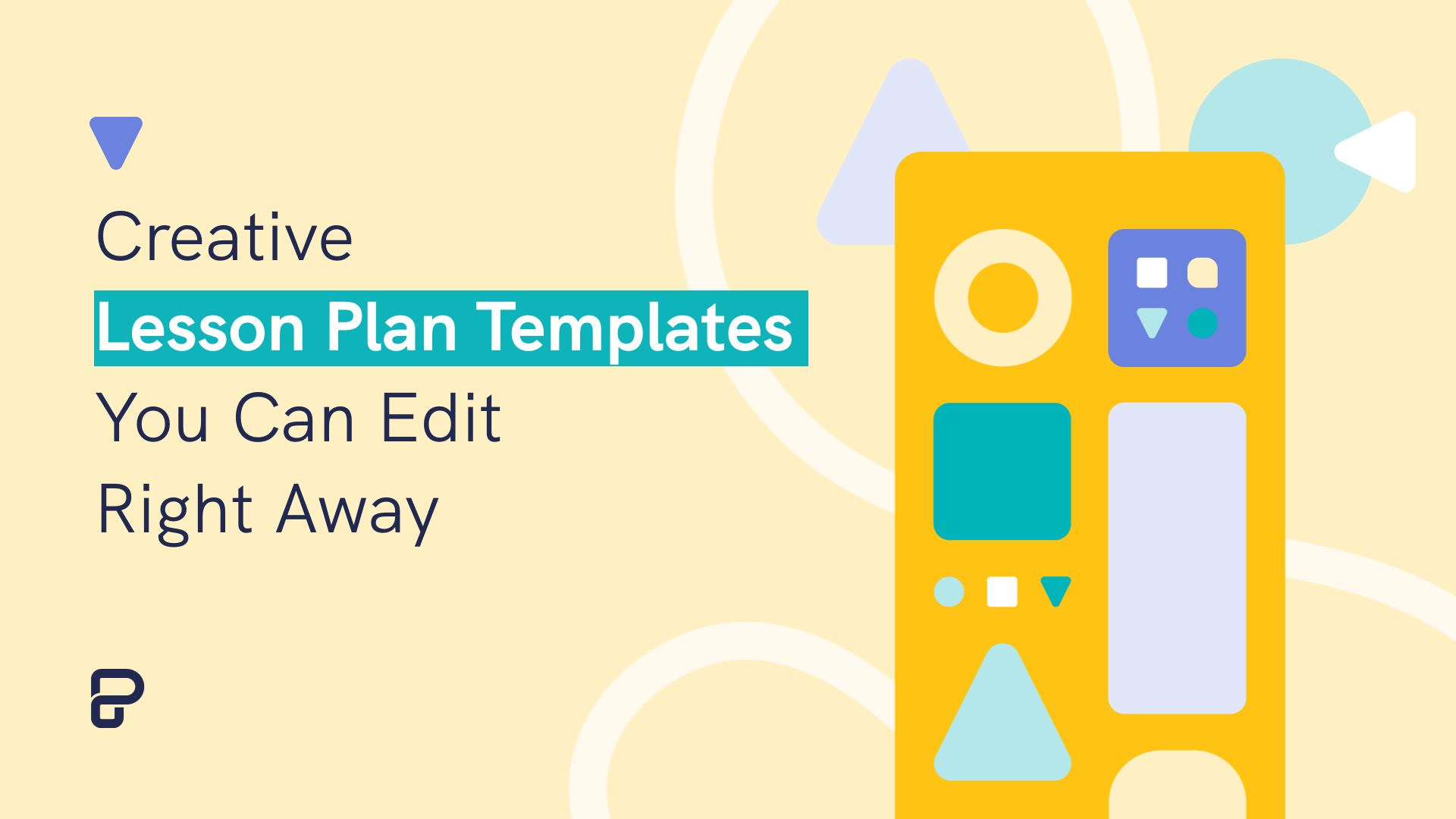When was the last time you did one-pager activities in the classroom?
A one-pager is one of the versatile learning tools that teachers like you can employ in the classroom.
One-pagers are typically defined as a one-page document that outlines a subject, such as a method, a system, a plan like daily schedules, or a problem.
How to use one-pager templates
You can use one-pagers for various subjects and topics.
Your objective in creating a one-pager is to deliver a single-page document that incorporates a few key points, and is straightforward enough that somebody with no prior knowledge of the topic can understand your primary points.
Plus, you can customize one-pagers using tools and free templates to be used for any grade level.
If you’re looking for one-pager examples, ideas, and templates you can use for your next classroom activities, you’ve come to the right place.
Let’s get started so that you can create a one-pager today with Piktochart!

Creating one-pagers table of contents
- What is a one-pager activity in school?
- What should a one pager for school include?
- What if your students aren’t too enthusiastic about one-pagers?
- How to use one-pagers in the classroom
- 1. Use one-pagers to help students understand concepts.
- 2. Explain classroom rules and procedures with a one-pager.
- 3. Use one-pagers to help your students introduce themselves in class.
- 4. Encourage students to share key takeaways from an article or essay they’ve read online or on social media.
- 5. Present important historical events and milestones through one-pagers.
- 6. Make character analysis activities more fun in your English class with a one-pager.
- 7. Help students understand and learn new words by incorporating one-pagers during vocabulary lessons.
- 8. Encourage students to present book report takeaways and learnings through a one-pager.
Get a free Piktochart account for access to the templates below.
What is a one-pager activity in school?
A one-pager classroom activity is when you ask students to outline, share, or illustrate what they’ve learned about a topic or idea on a single page to represent the main ideas of the lesson.
By asking students to create one-pagers to share their learnings, you invite them to deeply consider the most important points, content, and visuals representing the most significant elements they have absorbed.
How to entice students to create one-pagers
Asking students to include additional mediums like images, doodles, or other visuals to express themselves should be encouraged!

As it adds an eye-catching element to their otherwise solely writing project.
As a teacher, you can require students to follow a page structure and specify important aspects, or give them free rein on how to present their one-pagers.
No matter what you decide, providing guidance and the right tools is critical.
Here are a couple of one-pagers and examples from the classroom:
What should a one-pager for school students include?
The elements to include in your one-pager depend on the purpose of your assignment or classroom activity.
However, effective one-pagers for school students often include the following:
- Visuals like drawn images, illustrations, or cut-outs from magazines
- The main idea is written in text or illustrated as a visual
- Phrases, sentences, or quotes supporting the main idea
- Borders or frames
- Key benefits, facts or elements
- Important dates
What if your students aren’t too enthusiastic about one-pagers?
Your students don’t have to excel in art to create wonderful, engaging one-pagers, including key information.
One-pagers can include a range of elements from creative visuals, graphs, and charts to thought-provoking copy; the beauty of a one-pager and the plethora of one-pager templates available allows the creator to display whatever medium they prefer to convey their message.
As highlighted by teacher Betsy Potash in her piece A Simple Trick for Success with One-Pagers, you might encounter some pushback from students about one-pagers because of the required artistic elements.
According to Potash, the simple solution to this pushback is using one-pager templates students can easily modify!
“That little bit of creative constraint actually frees students to use their imagination to represent what they have learned on the page without fear. They know what they need to put down, and where, but they are also free to expand and add to the template.
To choose their own colors. To bring out what is most important to them through their creativity and artistry. And those super artistic students? They can just flip the template over and use the blank page on the back,” Potash shares.
And now for the fun part!
How to use one-pagers and templates in the classroom for students
Here’s a preview of Piktochart’s one-pager templates for education, plus ideas on how to use them to engage students.
1. Use one-pagers to help students understand concepts and ideas.
For example, the one-pager template below explains design thinking as a concept.
Using different templates and one-pagers for this type of classroom activity also helps teachers gauge students’ understanding of the idea or concept tackled in their class.
2. Explain classroom rules and procedures by creating a one-pager.
Introducing classroom rules during the first few days in class is the groundwork for how the rest of your school year will pan out.
Involving students in creating class rules is an excellent way to instill a sense of ownership and responsibility.
Why not come up with a classroom activity where students create their own one-pager of classroom rules and ideas, to then have them explain each rule to everyone in class afterward?
Explore our class schedule maker and make daily, weekly, or monthly schedules. The template below is a good start for students to start creating!
3. Use one-pagers to help your students introduce themselves in class.
If you’re looking for About Me worksheets, a one-pager template fits the bill!
Here are a couple of all-about-me templates condensed into a one-page document to help you get started.
4. Encourage students to share key takeaways or a core value from an article or essay they’ve read online or on social media.
Aside from helping students understand a piece of an essay or the point of an article, this activity also helps them improve their skills by distilling information into insights.
The one-pager templates below are perfect for high school and middle schoolers.
By providing your students with the right tools, encouraging them to create a unique one-pager, and giving them the freedom to write content from their experience to make their projects their own, you’ll surely create a fun project for your students that they will enjoy!
5. Present important historical events and milestones through one-pager templates.
The template below is a good one-pager idea for your history class writing project.
6. Make character analysis activities more fun in your English class with a one-pager.
Here are some examples and one-pager templates that you can use for your fiction analysis or literature class.
7. Help students understand and learn new words by incorporating one-pagers during vocabulary lessons.
Use these examples and templates for your next language and communications class.
8. Encourage students to present book report takeaways and learnings through one-pager templates.
Here are a couple of examples from Twitter, plus a one-pager template you can use in class.
We hope this article, chock-full of one-pager templates, has inspired you to get started today with a creative writing project for you and/or your students!
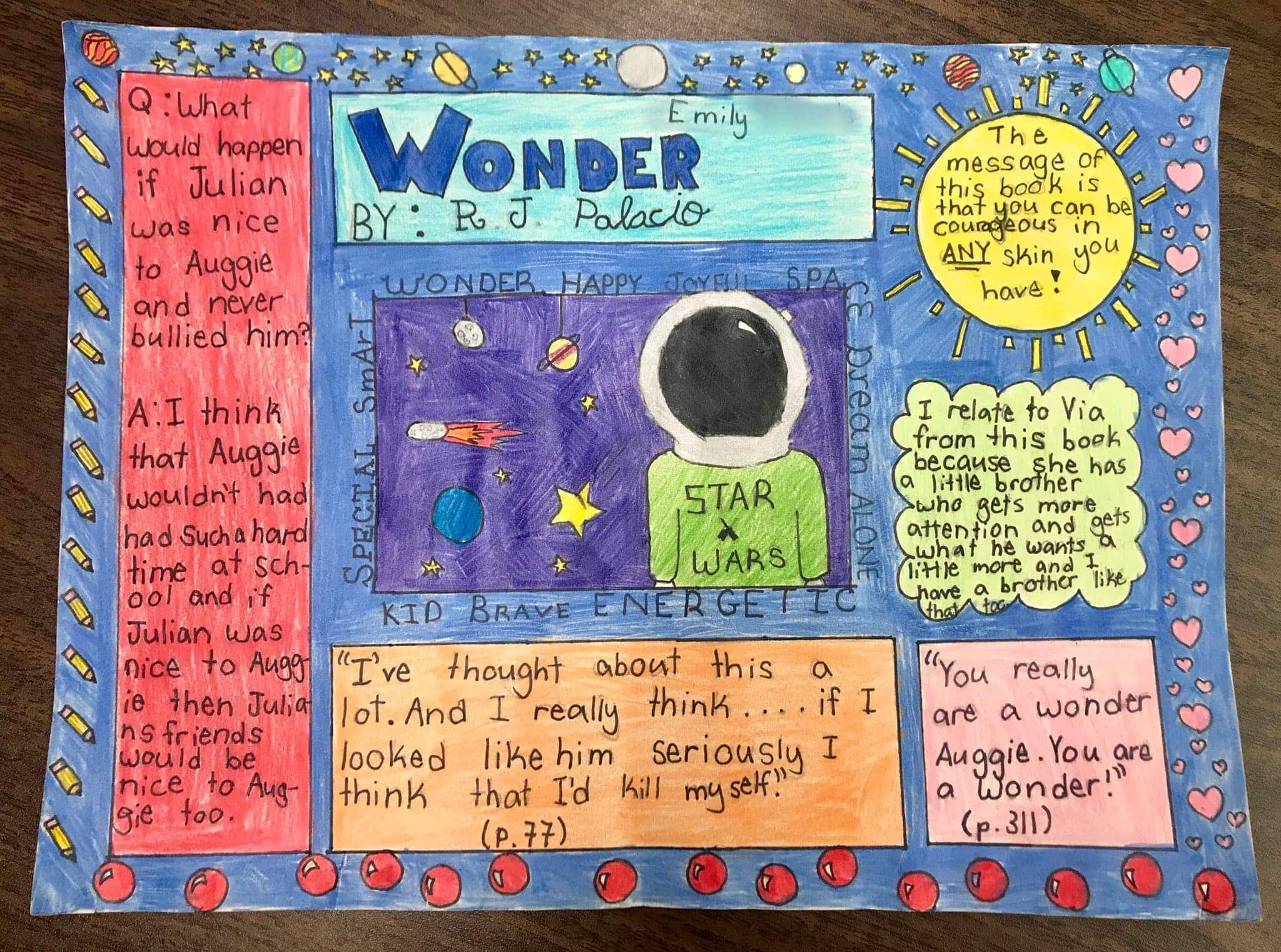
We hope the above ideas will stir your creativity to engage students in the classroom!
Ready to create one-pagers with your students?
Educators like you use Piktochart because of its vast template library (updated weekly!) and simple yet powerful visual editor.
Get Piktochart for Education
